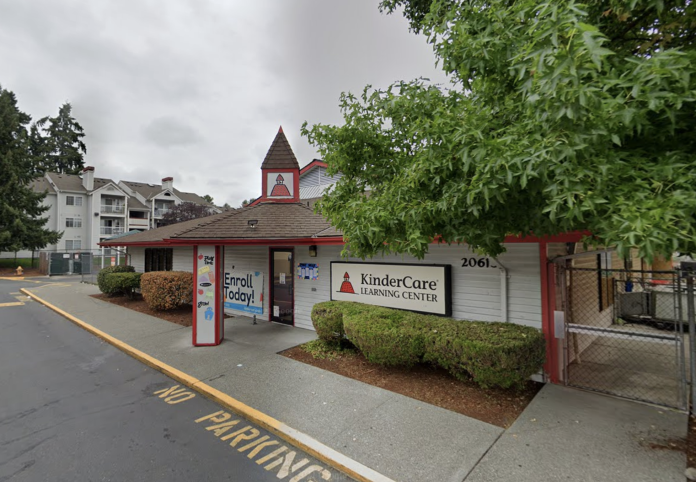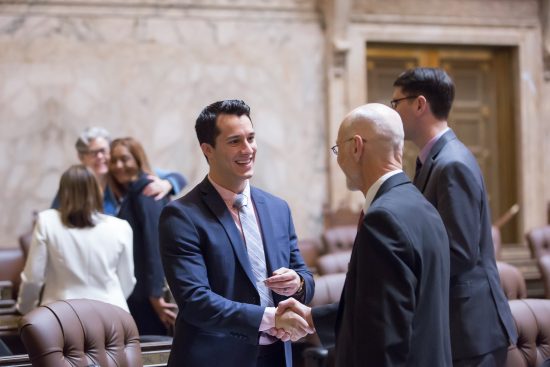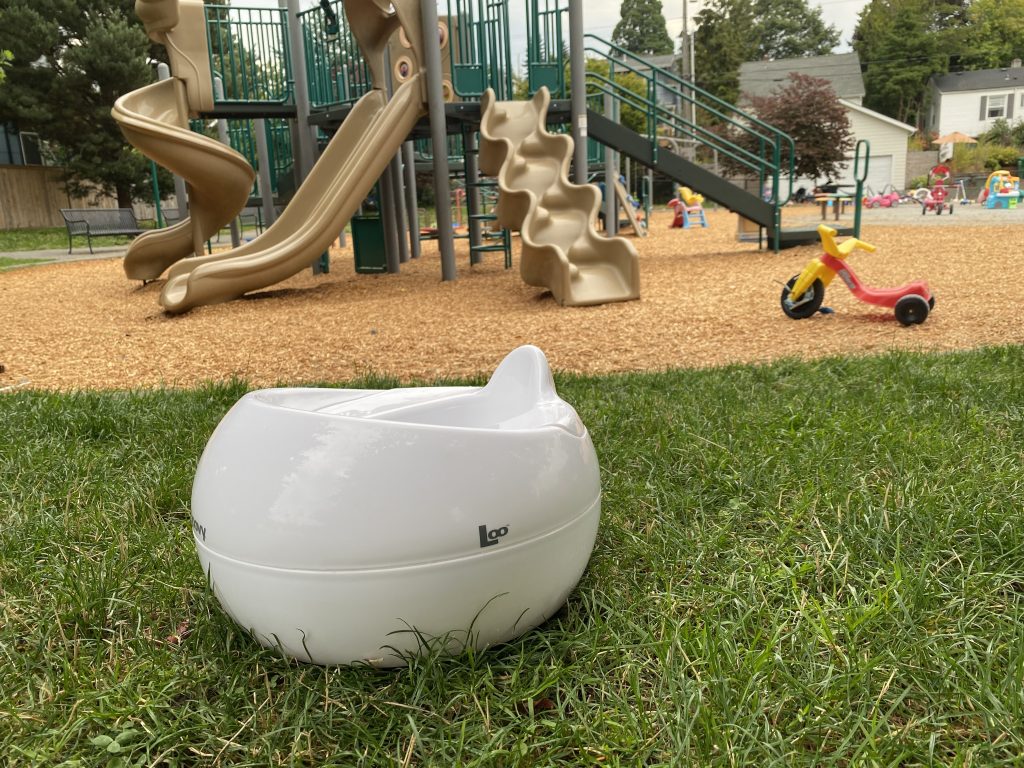
The Snohomish County Council is making it easier for childcare providers to locate in urban and rural areas under the county’s land use jurisdiction. An ordinance adopted March 19 on a 5-0 vote is removing numerous barriers from the county’s land use regulations, just as state legislators take on childcare siting reform statewide.
During the council’s discussion last month, Councilmember Jared Mead touched on the importance of childcare siting and permitting reform and seeking to make childcare “a little bit more affordable for families.”
“Snohomish County is one of the worst counties in one of the worst states in the country when it comes to childcare affordability and accessibility. Snohomish County has grown rapidly over the last couple of decades, and so we’ve seen some growing pains with that; and one of those growing pains is childcare accessibility for families,” Mead said. “And so this ordinance is really about trying to address some of those issues, it’s not going to cure the whole thing.”

What’s in Snohomish County’s ordinance
Under the county’s adopted ordinance, childcare centers for more than 12 children will be permitted outright in all urban zones, except mobile home parks, when such centers are no greater than 8,000 square feet. County code had required conditional use permits for such centers in low-density residential zones.
Conditional use permits will still be required in low-density residential zones when a childcare center exceeds 8,000 square feet. A similar change will apply to the R-5 zone, the most prominent rural zone in the county.
Another change in the land use regulations is the elimination of a condition limiting location of childcare centers only in connection with a school or religious institution when allowed in low-density residential zones and certain rural zones. That had been a significant barrier to childcare centers. However, providers seeking to locate childcare centers in low-density residential zones and certain rural zones will still need sites that front an arterial road.

In addition to typical development standards, such as setbacks, access, frontage improvements, and impact fees, several special development standards will also apply to childcare facilities. These include landscaping buffer requirements from urban residential zoned lots, modifications to off-street parking and loading space requirements, and outdoor play area fencing and noise control requirements.
The county’s land use regulations allow for an even less burdensome path for family home daycares. Traditionally, this applies to daycare facilities that serve 12 or fewer children. The adopted ordinance offers new flexibility for family home daycares to serve more than 12 children if a special waiver is granted by the Washington State Department of Children, Youth, and Families. And the adopted ordinance allows these daycares in a few urban and rural zones where they hadn’t been allowed before.
Jason Turner of Mill Creek Preschool spoke in favor of the ordinance.
“We have a family home childcare, and we have families that also have other small family home childcares. It’s been difficult being under the threat of the removal of the waiver where we have been allowed to have more than 12 kids for a while in some of our home daycares in the state due to Covid, and it seemed like that’d be permanent,” Turner said. “So I really like this ability to not take years to go through other permitting processes that are already burdensome… So, this opens up a possibility for our current homes to be able to convert without having to try to get millions and millions of dollars of loans that we probably don’t qualify for.”
State reforms
Right now, the state legislature is considering legislation to mandate that cities and towns allow childcare centers in all zones, with the exception of industrial and open space zones, as an outright permitted use. That means cities and towns couldn’t impose special conditional use permitting processes on such centers. Cities would still need to allow childcare centers in most industrial zones under conditional use permitting processes, if desired, but that at least ensures that childcare centers could happen in those areas, too.
Nothing in the proposed legislation, however, preempts cities and towns from otherwise imposing land use regulations on childcare centers, such as requirements for setbacks, height limits, design, landscaping, and parking.
The legislation already passed out of the Washington State Senate on a bipartisan 42-7 vote earlier this month. It now is in the hands of the Washington House of Representatives where it passed out of committee last week, but still needs final approval by the chamber.
Interested parties can send a comment to state legislators via the Senate Bill 5509 page.
Stephen is a professional urban planner in Puget Sound with a passion for sustainable, livable, and diverse cities. He is especially interested in how policies, regulations, and programs can promote positive outcomes for communities. With stints in great cities like Bellingham and Cork, Stephen currently lives in Seattle. He primarily covers land use and transportation issues and has been with The Urbanist since 2014.

